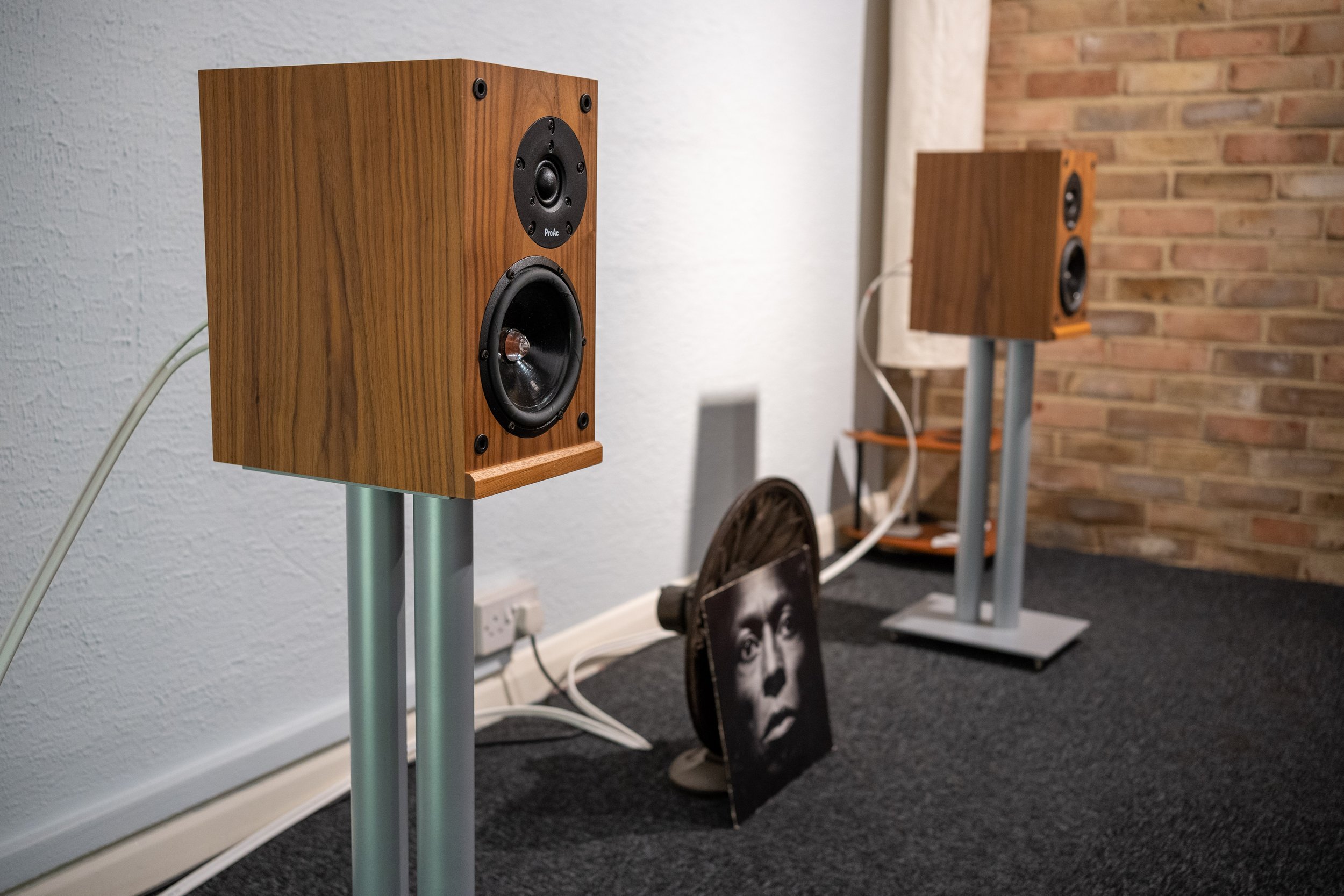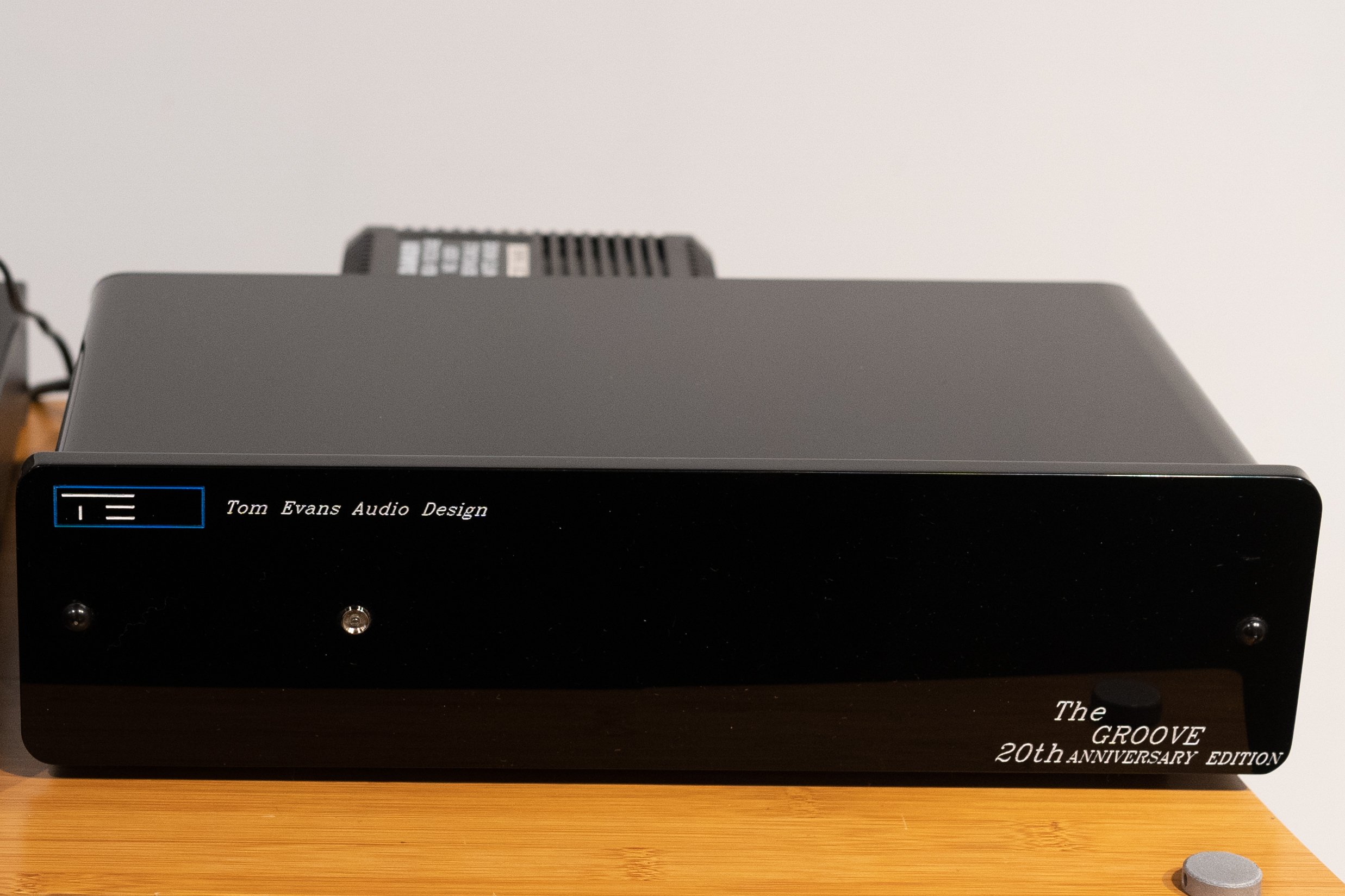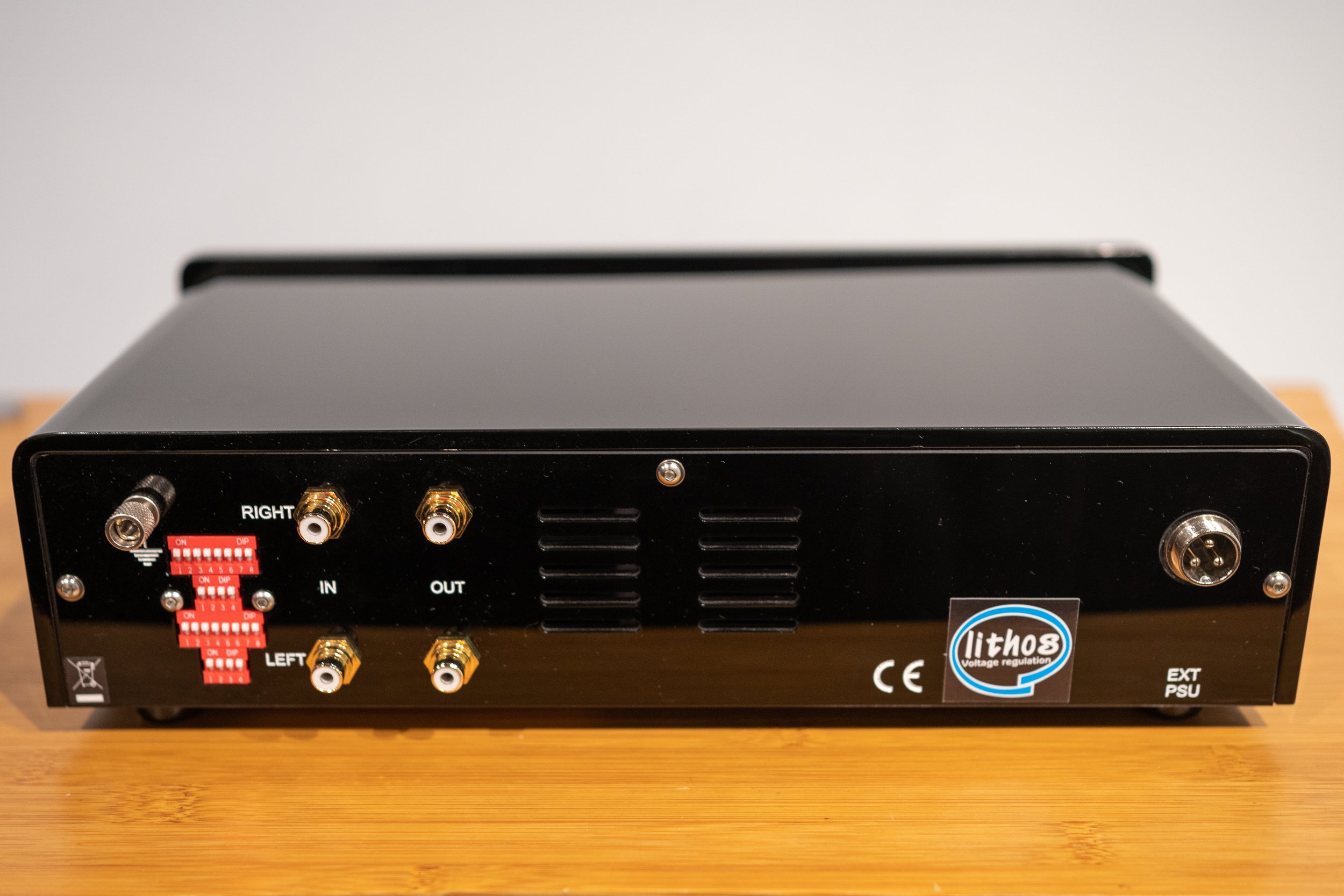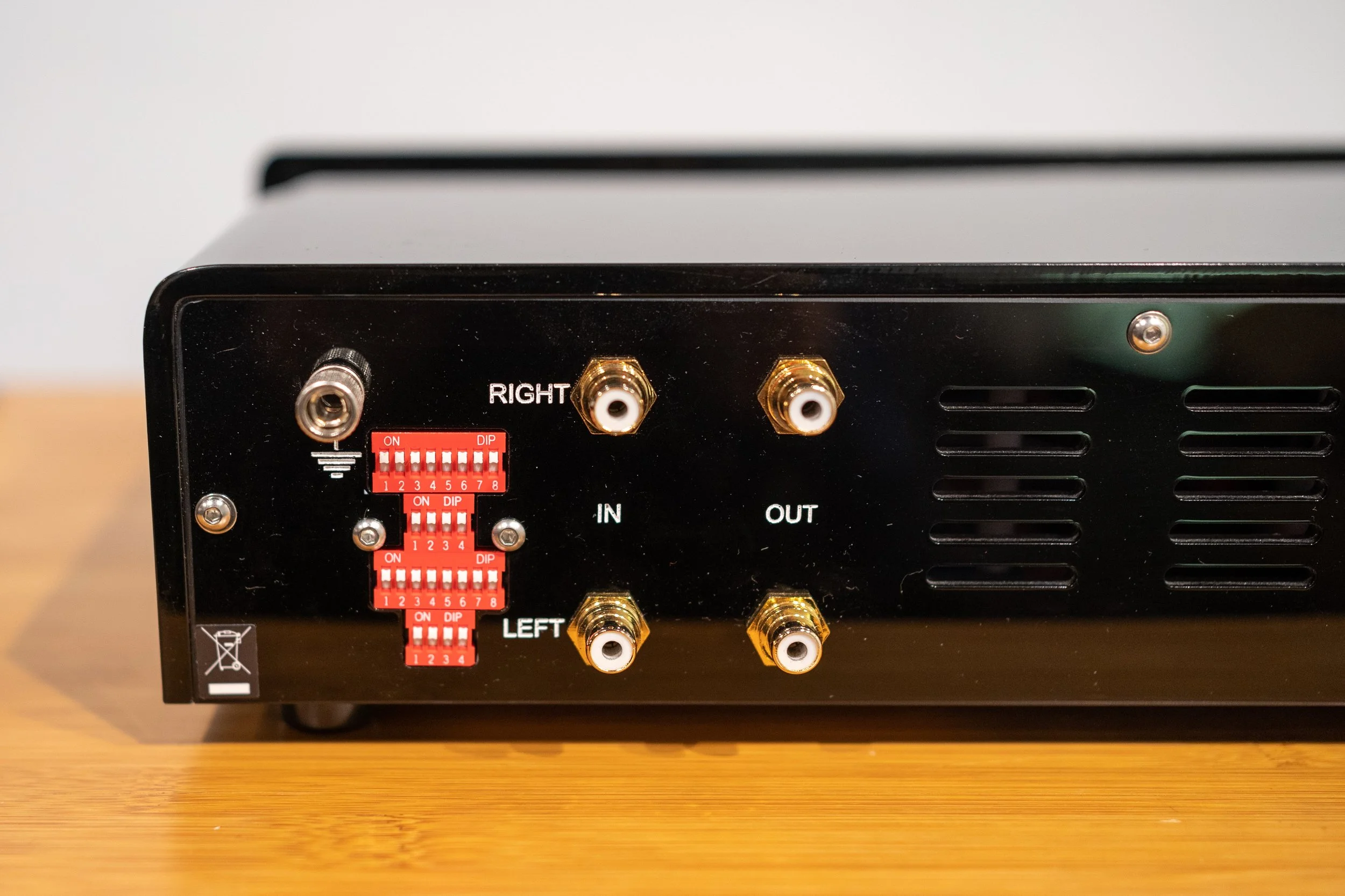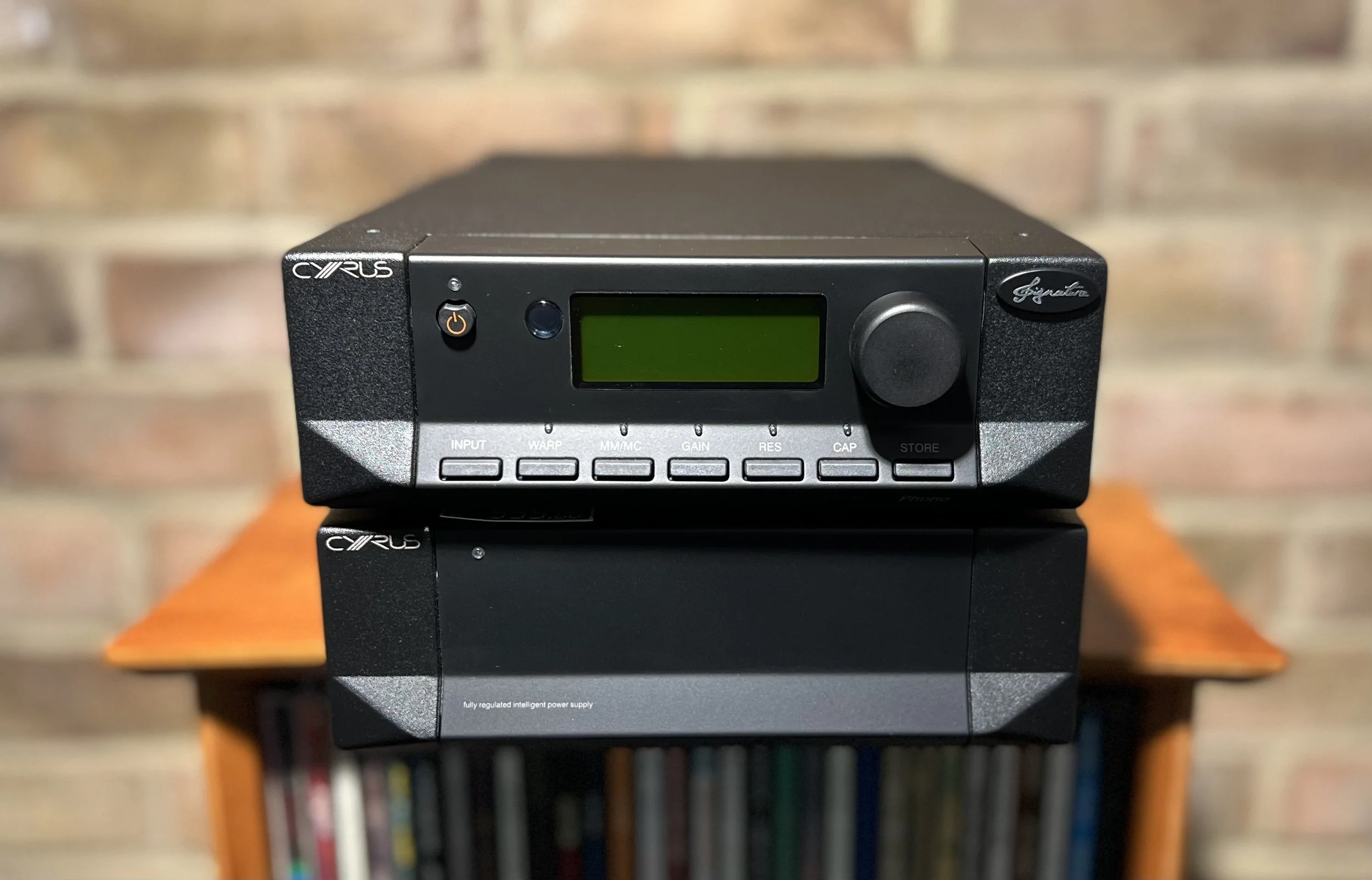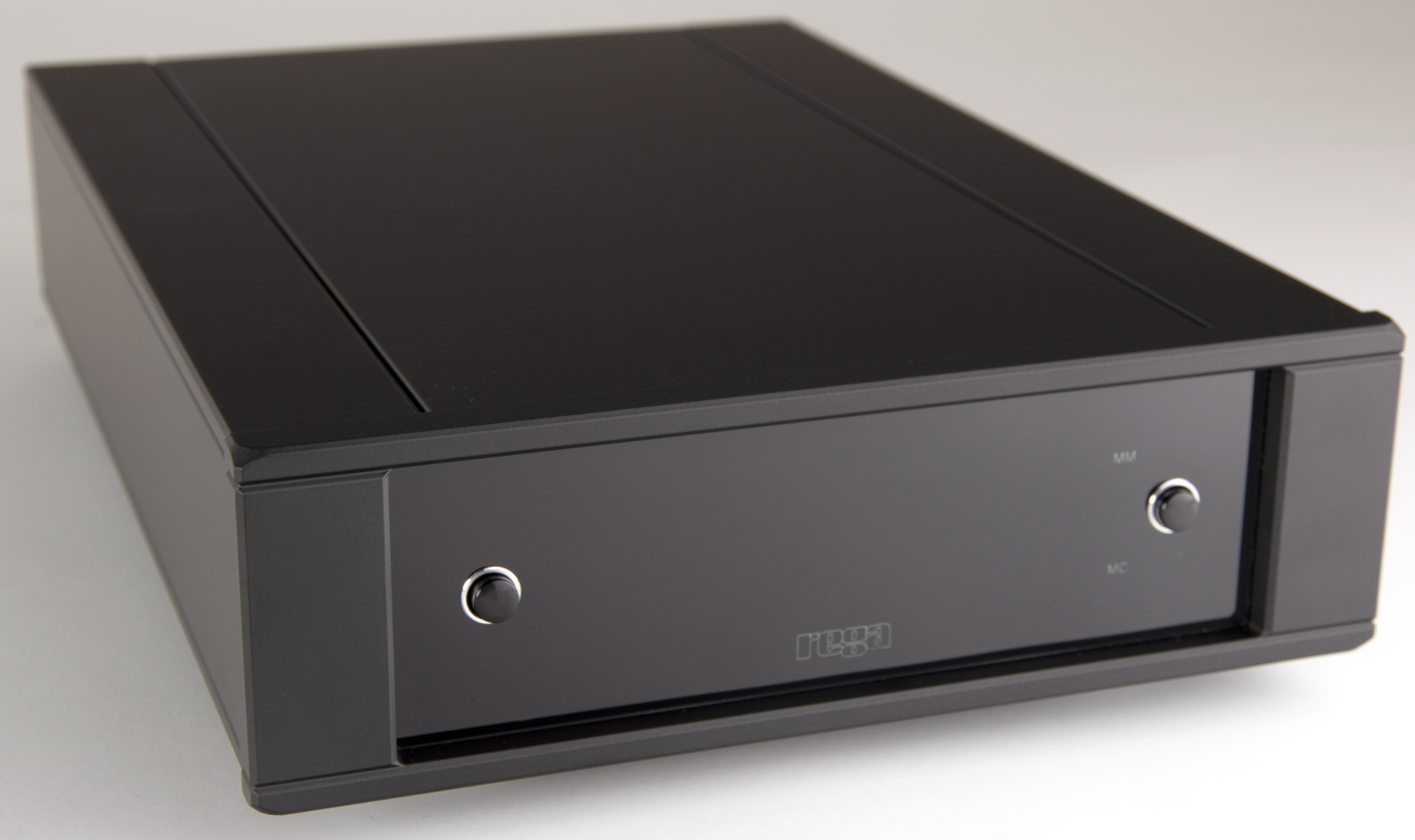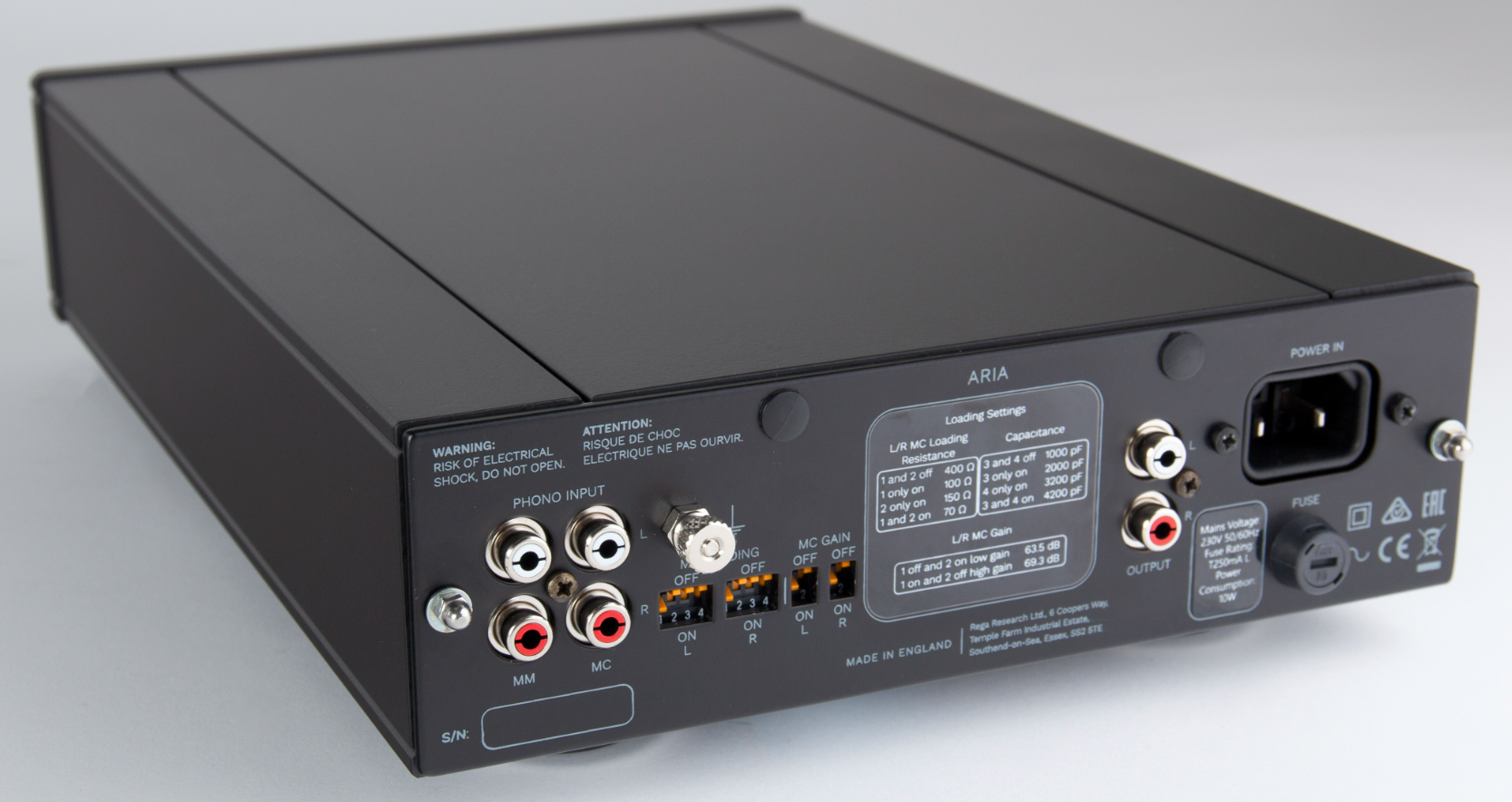Front-end Rules! - Where does the importance of the Hi-Fi components lie?
/To coin a phrase by Ivor Tiefenbrun, the founder of Linn and designer of the iconic Linn LP12 record deck. “Don’t throw away your records, you haven’t heard what’s on them yet.” Regardless of manufacturer, this design philosophy has often been the subject of many a debate in determining the hierarchy of the source/amp/speaker setup and deciding the budget allocation awarded to each.
The subject of this month’s article is to demonstrate and discuss the value to the “front-end” of your Hi-Fi system and the importance of where the rubber meets the road, so to speak.
Turntable Vs Turntable
Rega Planar 6 w/ Ania cartridge and Neo power supply v Rega Planar 10 w/ Apheta 3 cartridge
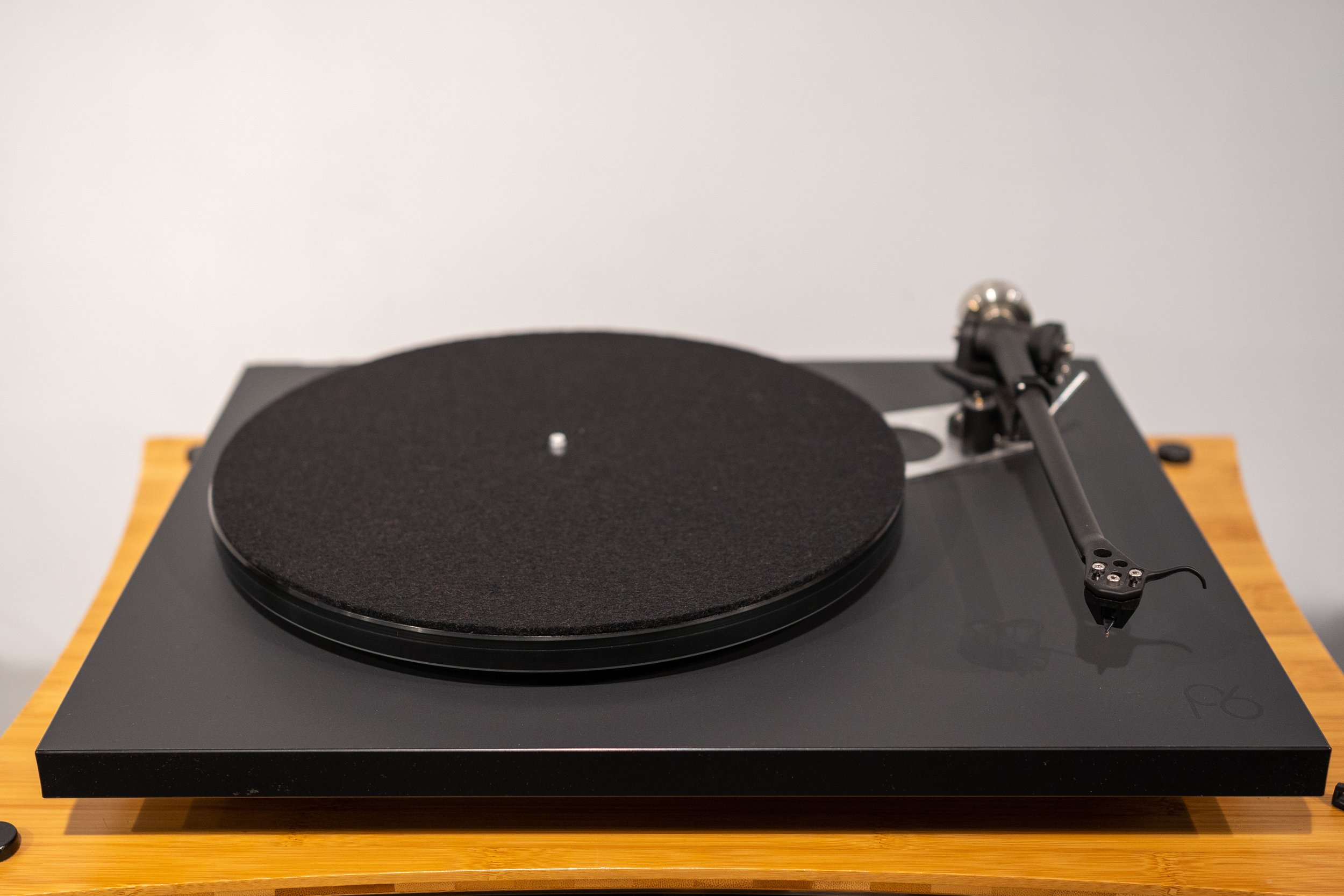
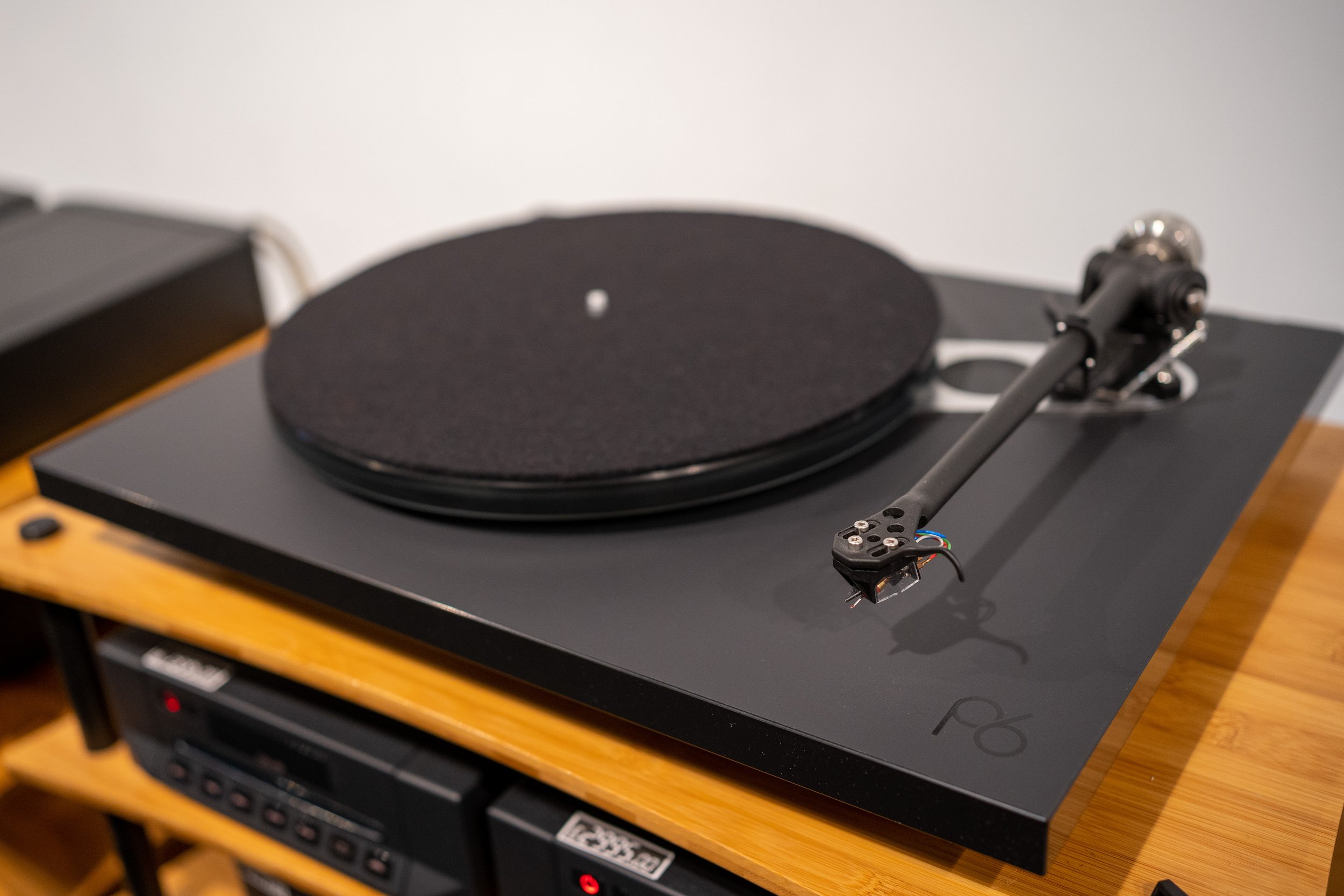
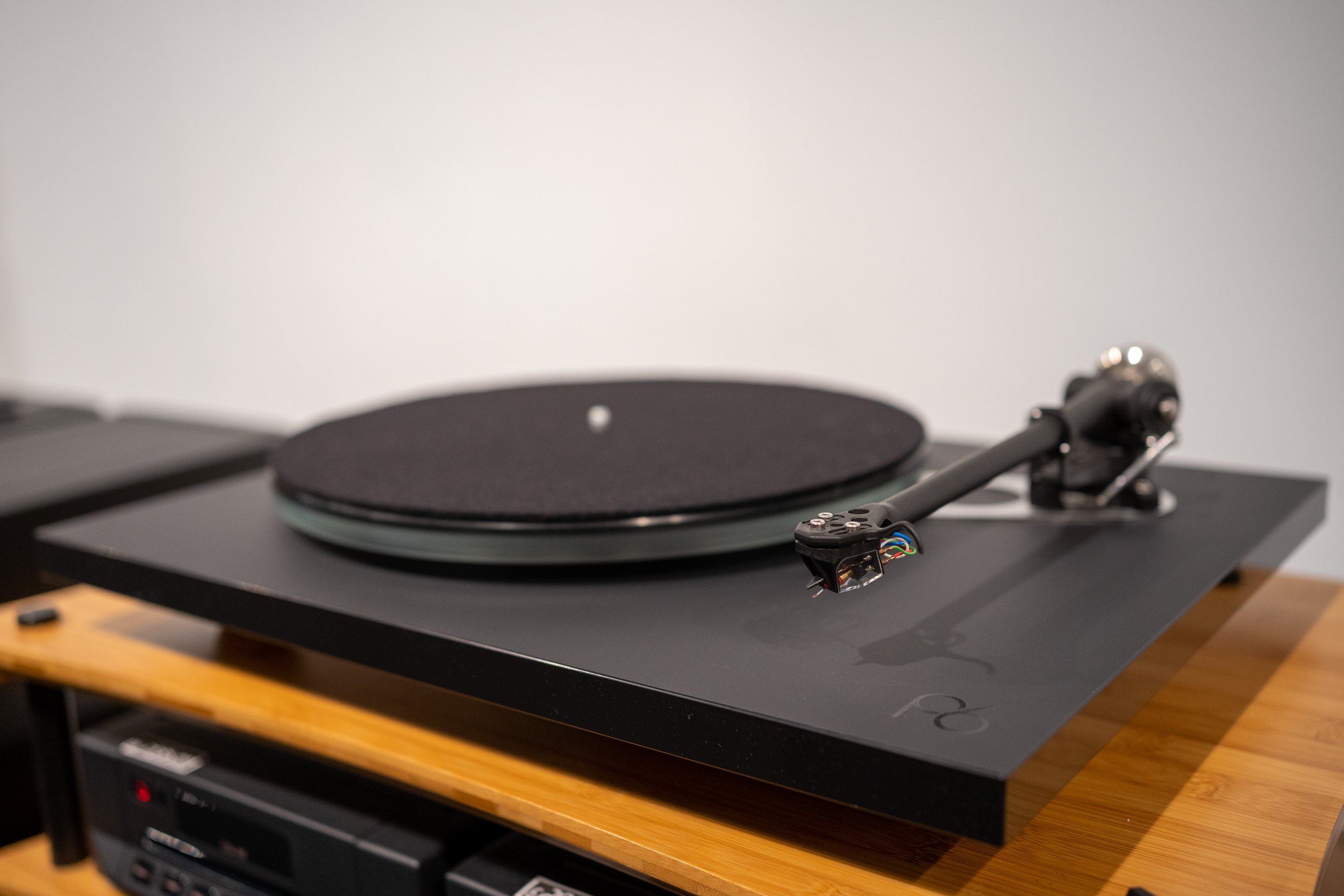
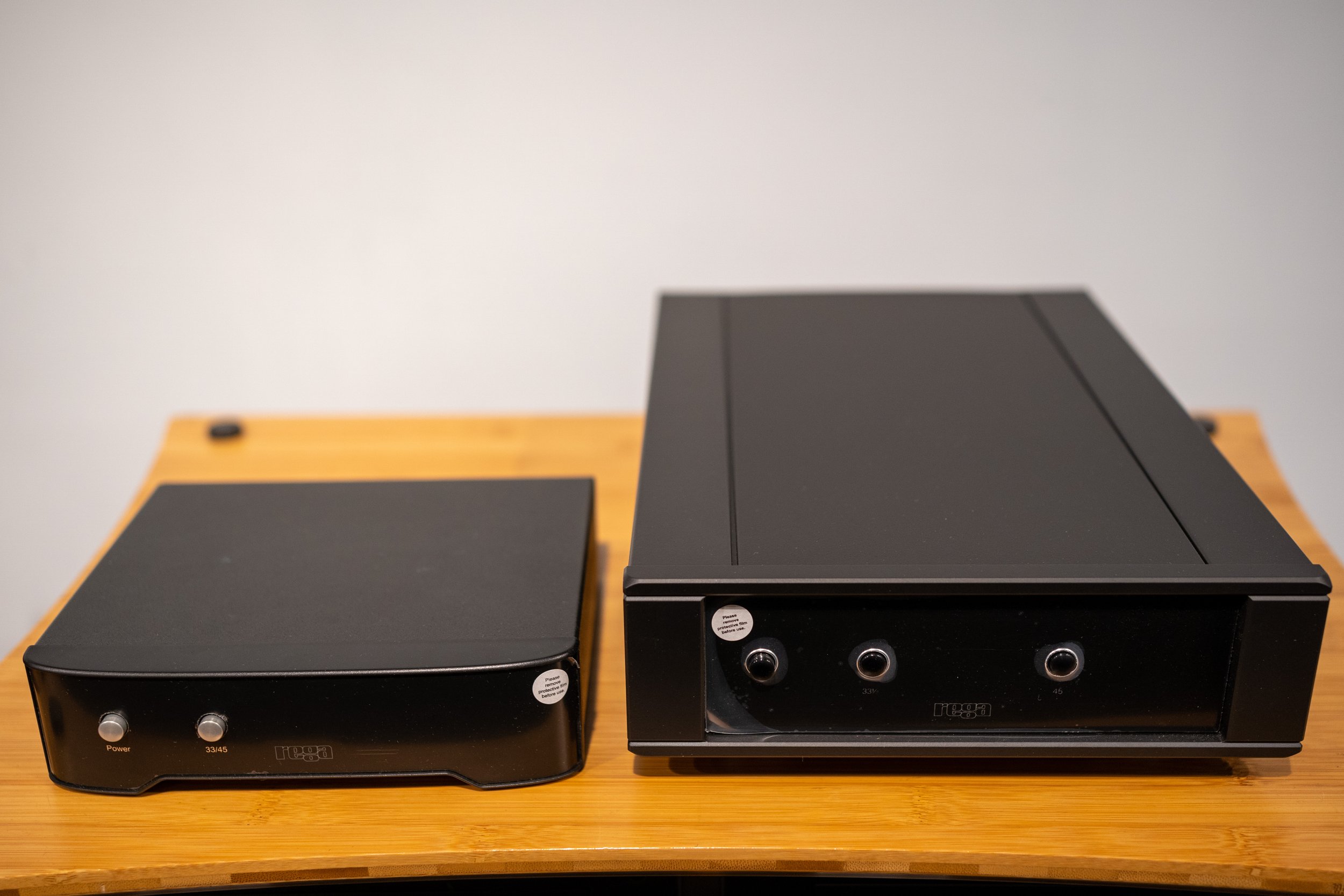
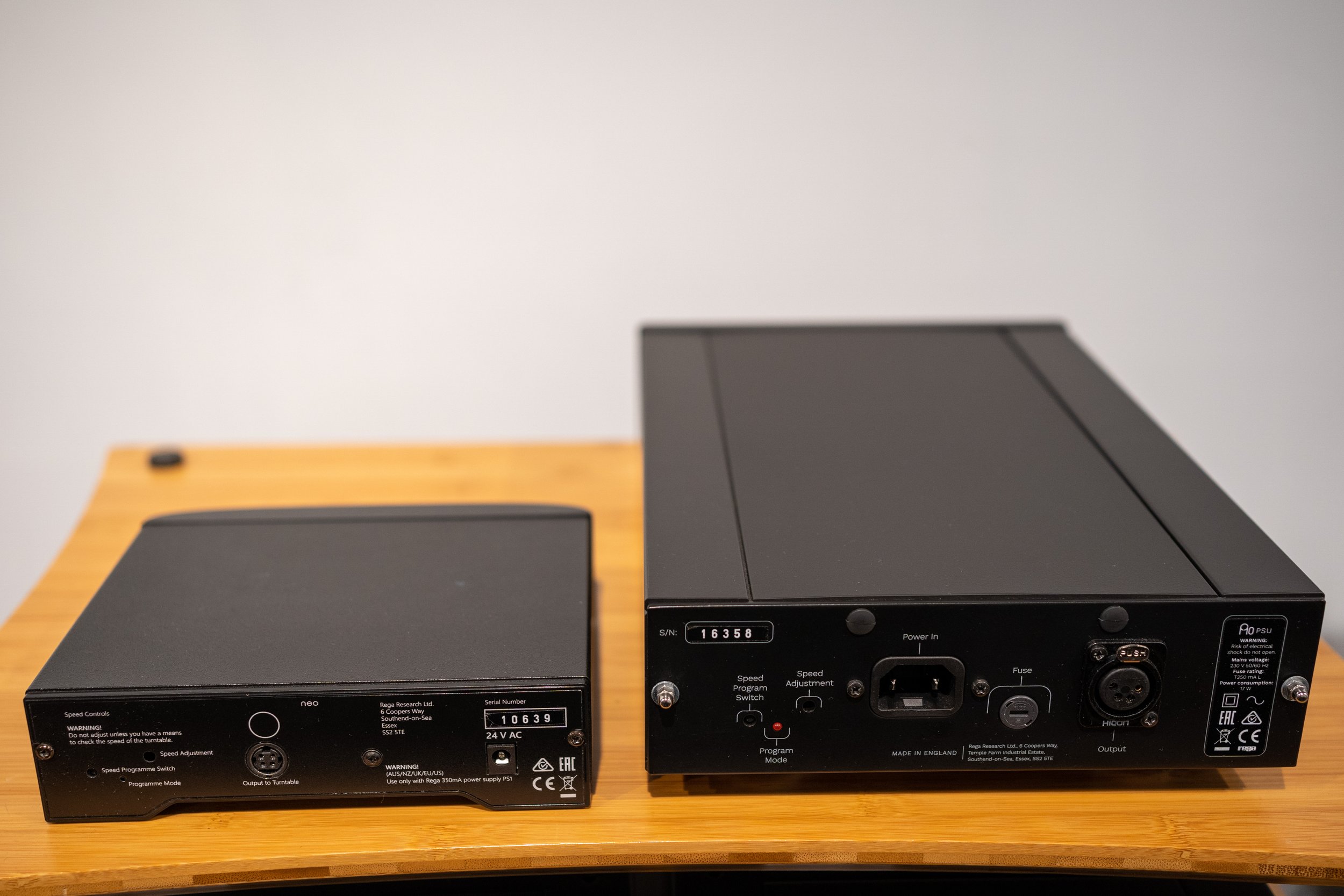
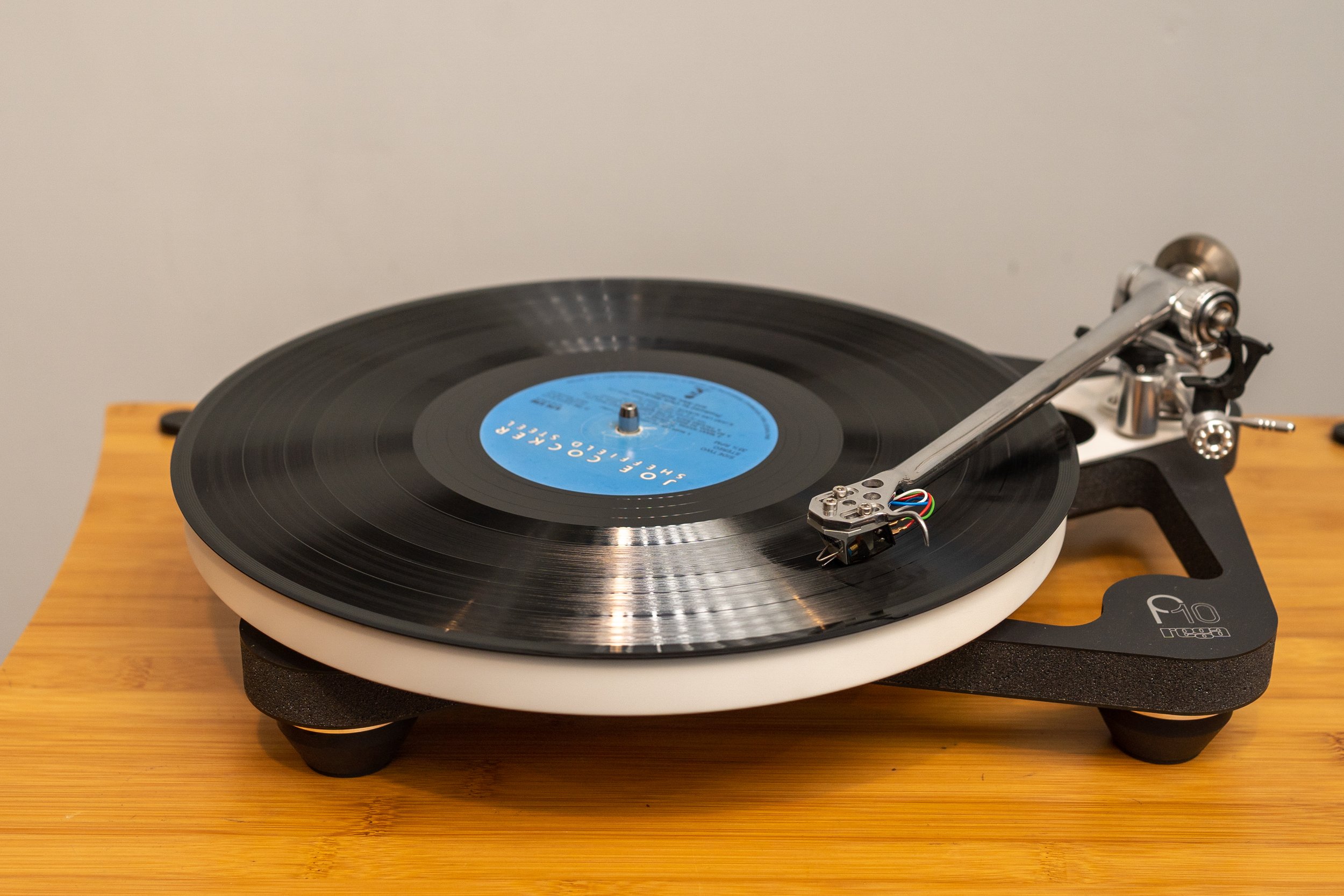
Let’s get down to brass tacks… Both the Rega Planar 6 and Rega Planar 10 (and Planar 8) come with an external power supply that not only provides a better sound sonically, but also allows for you a push-button speed change. This is a step-up from the manual belt change required on the Planar 1, Planar 1 Plus and Planar 2. The Rega Planar 3 doesn’t come with an external power supply as standard, although the Rega Neo power supply can be purchased as an upgrade if desired. And we’d strongly recommend it!
As I mentioned, there is a lot more to an external power supply such as the Rega Neo than the ability to change speeds more easily, with sound reasons (pun intended) for getting the power supply “off deck”. Isolation of individual component power supplies is one of the paths to Hi-Fi nirvana. The price differential and corresponding sonic improvements of the Rega Planar 10 power supply over the Rega Neo power supply provided with the Planar 6 can be both seen and heard.
Battle of the cartridges
Rega Ania v Rega Apheta 3 moving coil cartridges . . .
The Rega Ania cartridge is a moving coil type (MC), so you will need to factor this in when plugging into an amplifier. Most standard integrated amps come with an MM (moving magnet) phono stage, which boosts the signal to a different level than a MC (moving coil) phono stage, so an additional phono stage may be required for vinyl playback. Of the phono stages talked about in this article, only the Cyrus Signature and Rega Aria have the option of MM playback, so gets an extra tick in the versatility box. All of them are MC playback capable, with all of the sound quality improvements that tends to bring. Whilst discussing the Rega MC range, here at Audio T we also stock an upgraded version of this cartridge called the Ania Pro (although I didn’t actually compare it this time around).
The Rega Apheta 3 MC cartridge is the penultimate in the Rega cartridge range, the Rega Aphelion 2 being top of the range and outside the scope of this blog.
The rest of the system not to be sniffed at…
To ensure differences could be heard between the various turntable/cartridge/phono stage combinations, it is only appropriate to use Hi-Fi components commensurate with the quality of their peers.
A Naim Supernait 3 with an added Naim HiCap DR power supply provided the grunt and some lovely, sweet sounding ProAc Response DB1’s were used to move air.
Musical tonality to test the phonality...
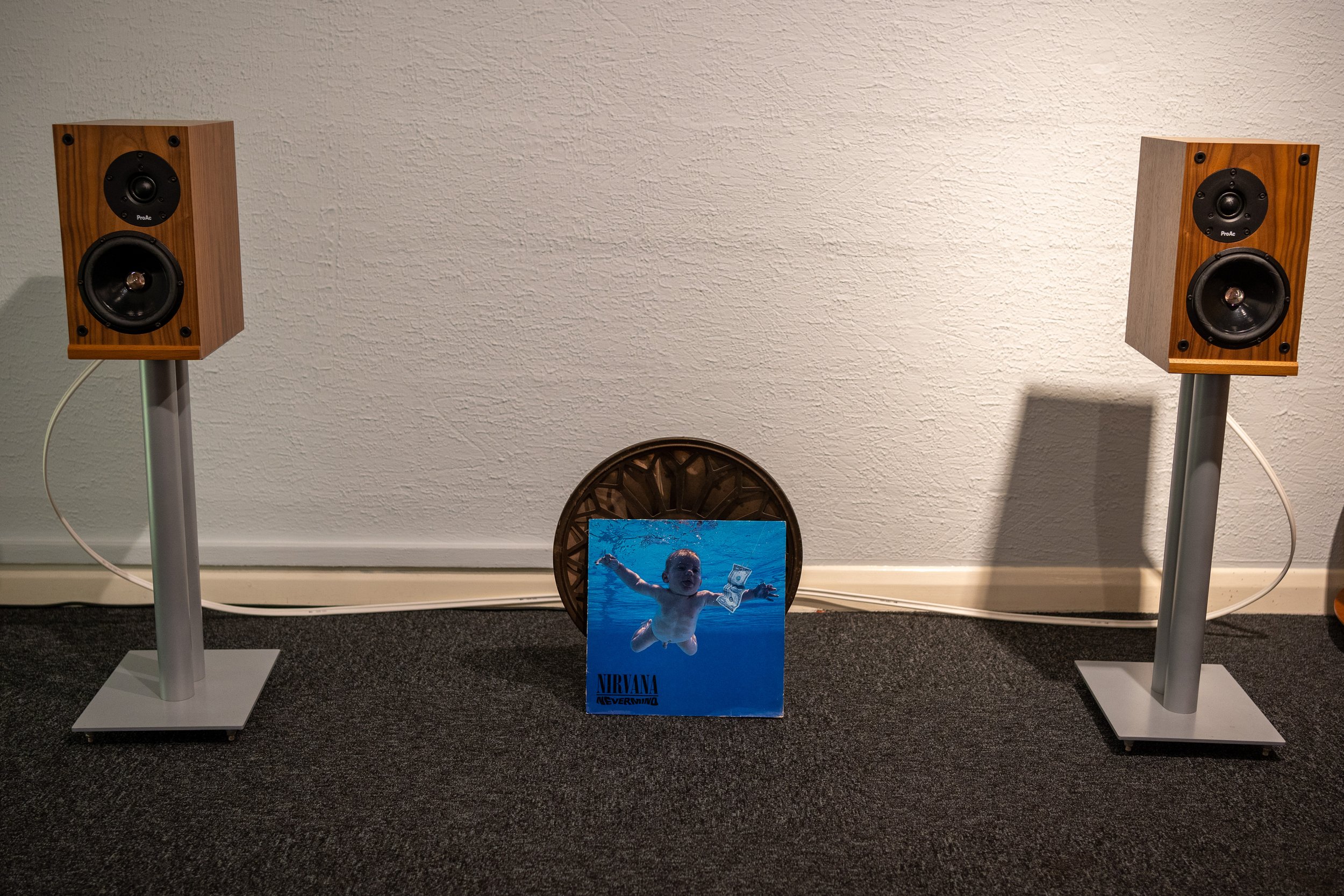
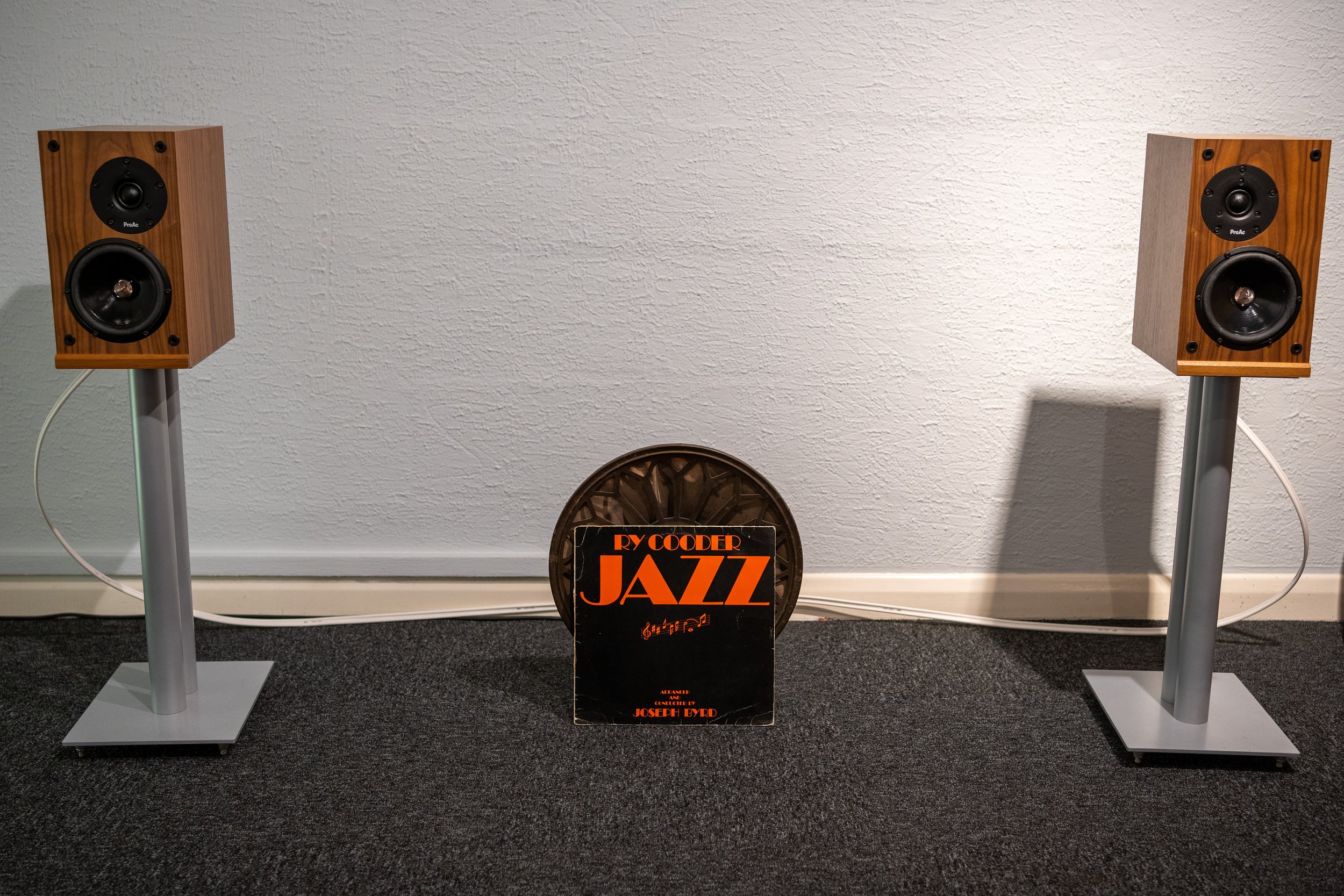
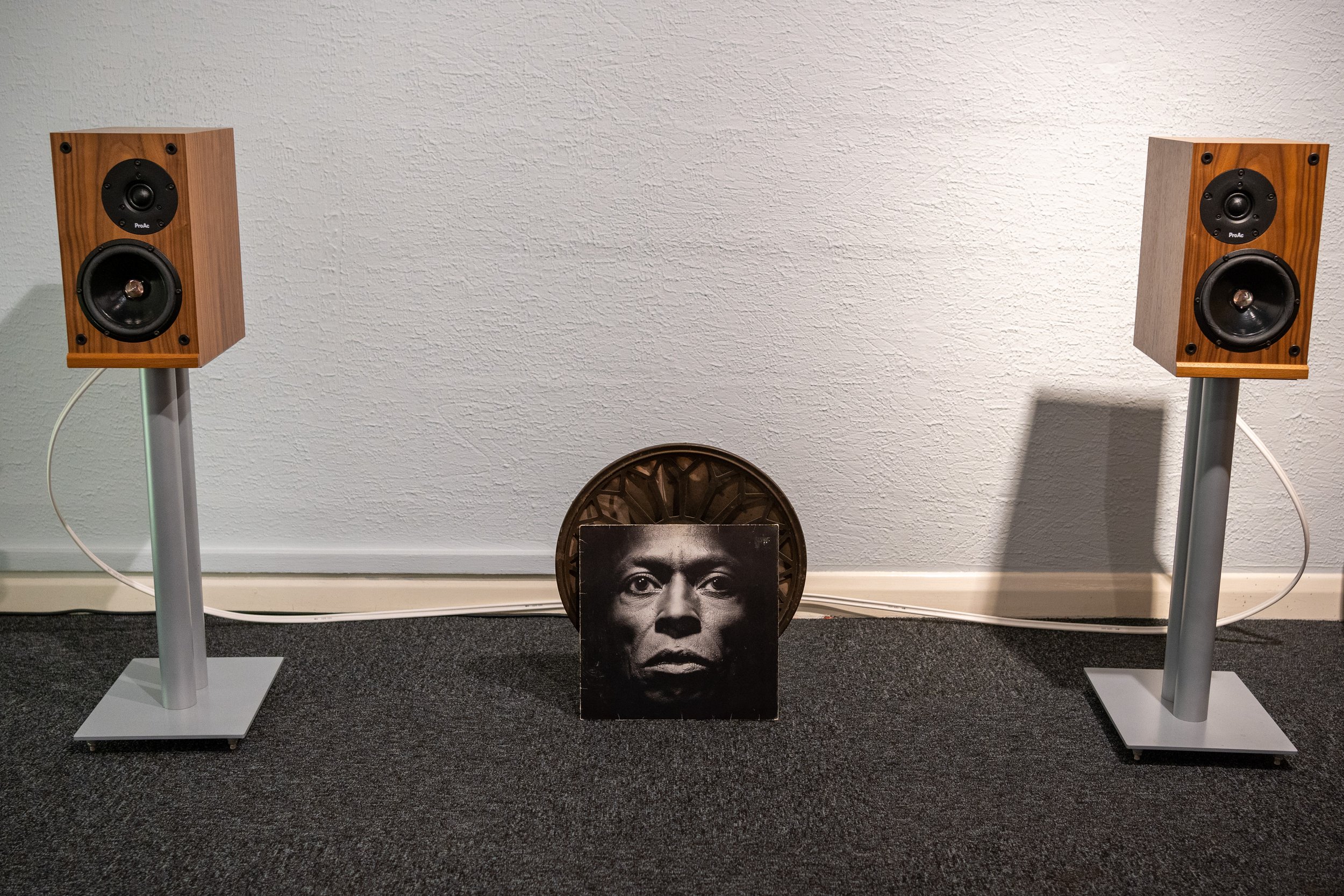
The three albums used to try separate the men from the boys were; Miles Davis’ “Tutu”, Nirvana’s “Nevermind” and Ry Cooder’s “Jazz”.
Tracks from the corresponding albums were; “Tutu”, “Lithium” and “Big Bad Bill is Sweet William Now”, all capable of showing the dynamics, subtleties and handling of turntable/cartridge/phono stage combos abilities to deal with both well recorded and compressed tracks.
Phono stage pre amplifiers - boosting the all important signal from the cartridge to the amplifier . . . .
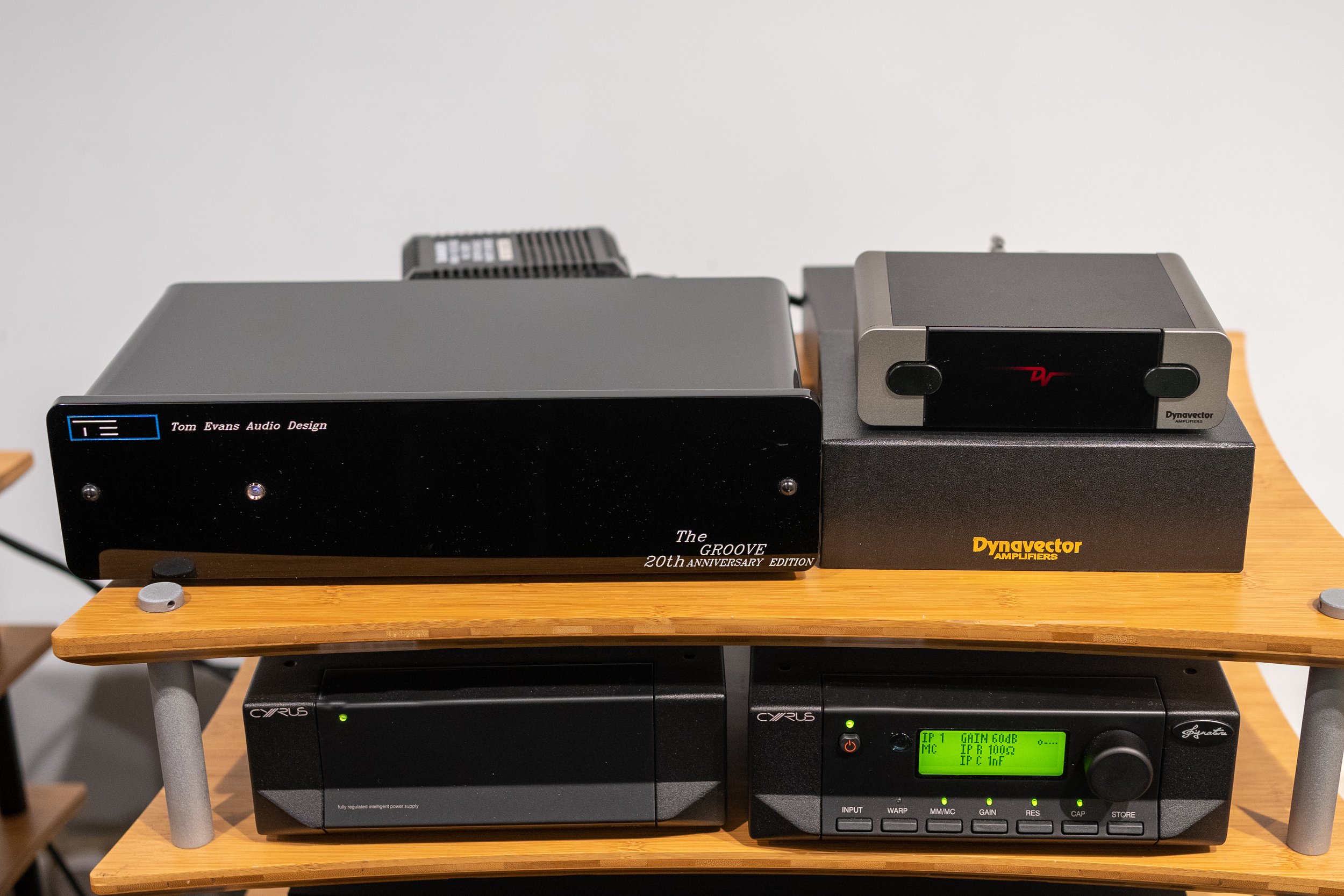
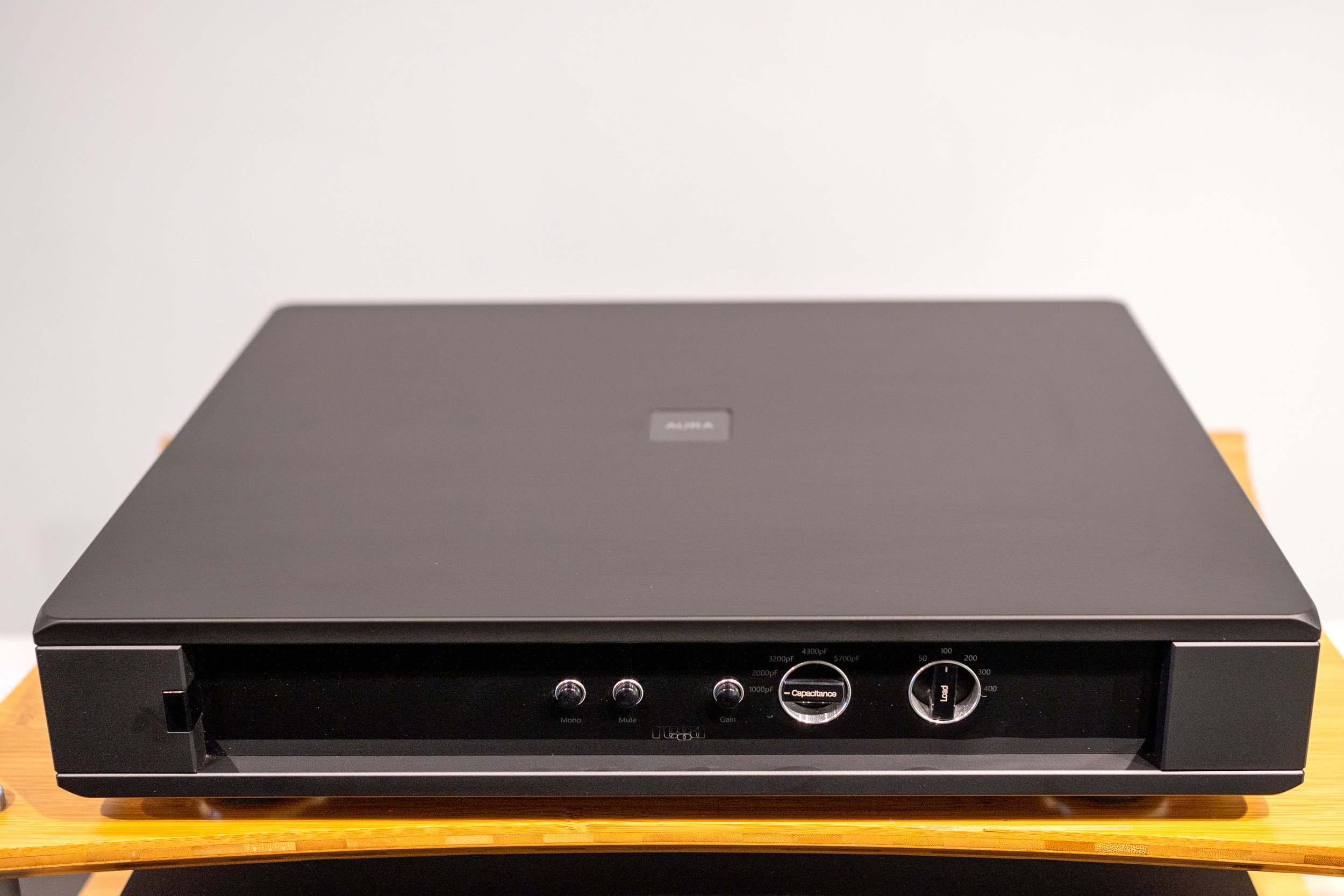
Tom Evans Audio Design - The Groove 20th Anniversary Edition
The Tom Evans Audio Design - The Groove 20th Anniversary Edition is a MC only design with dip switch adjustments for cartridge loading and fine tuning of the sound playback. As can be seen in the photos, the dip switches can be fine tuned to a person’s individual cartridge and these have been altered optimally, or as optimally as one can, for the Rega cartridges being reviewed in this blog.
Sound quality was epitomised by a “groove” factor and the Tom Evans - The Groove 20th Anniversary Edition certainly benefited from using the Rega P10/ Apheta 3 combination over the Rega P6/Ania with dynamics and spatiality improving vastly, albeit less so than with the other phono stages here. I could certainly appreciate why the phono stage was named in the way it was and if your sound preference is for P.R.A.T. (Pace, rhythm and timing) over a spacious, warm and cuddly sound, then this phono stage could well be the one for you.
Dynavector P-75 Mark 4
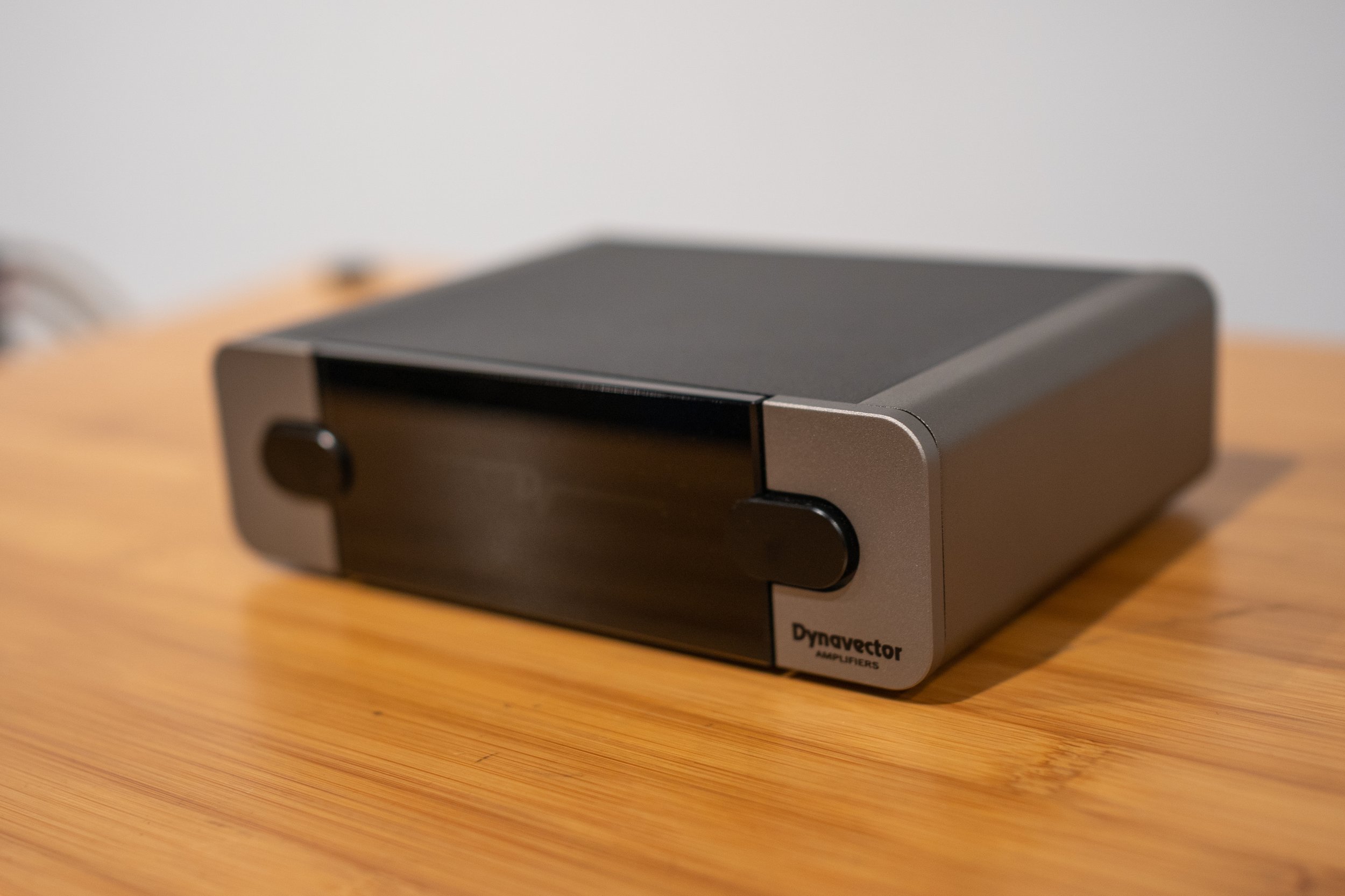
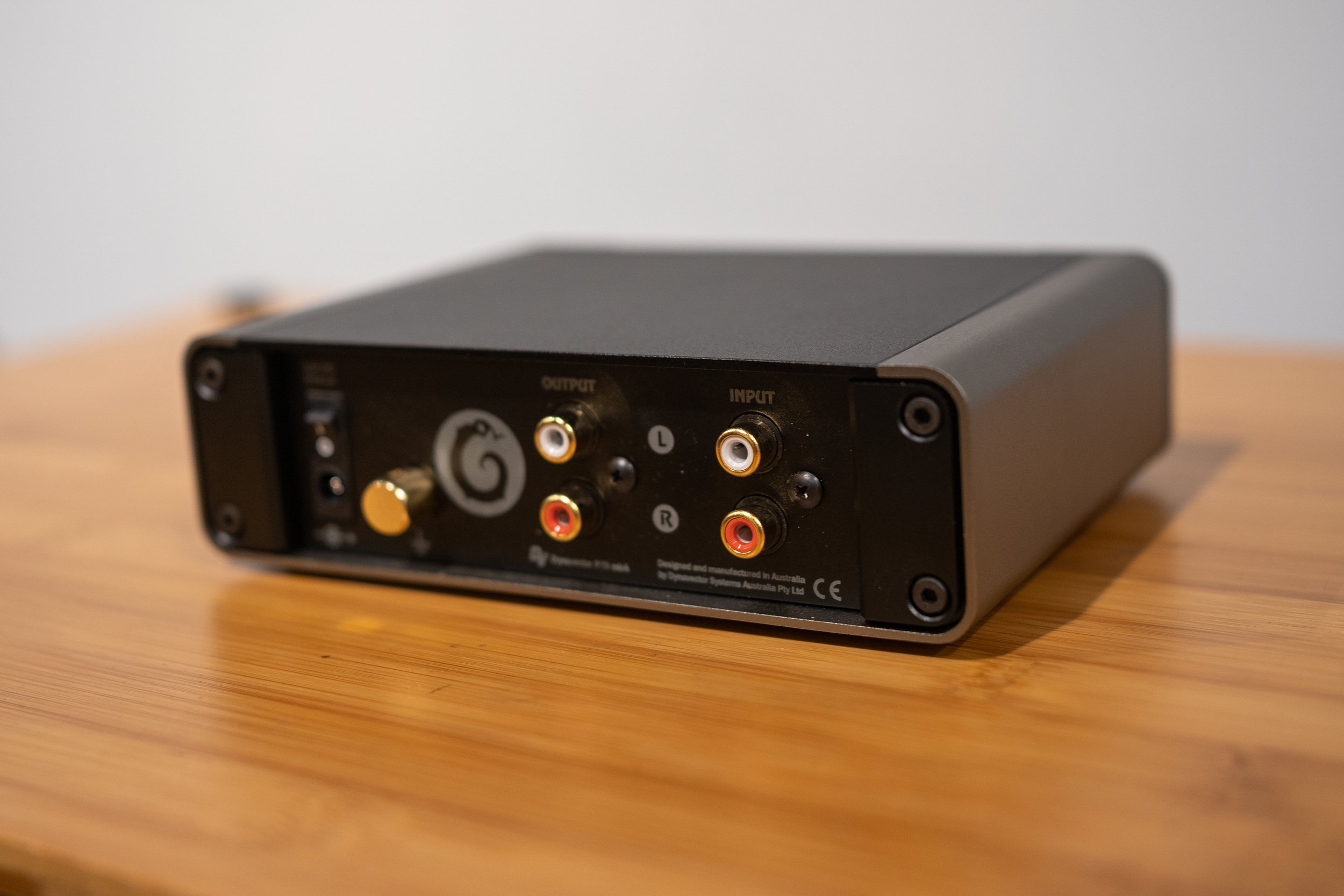
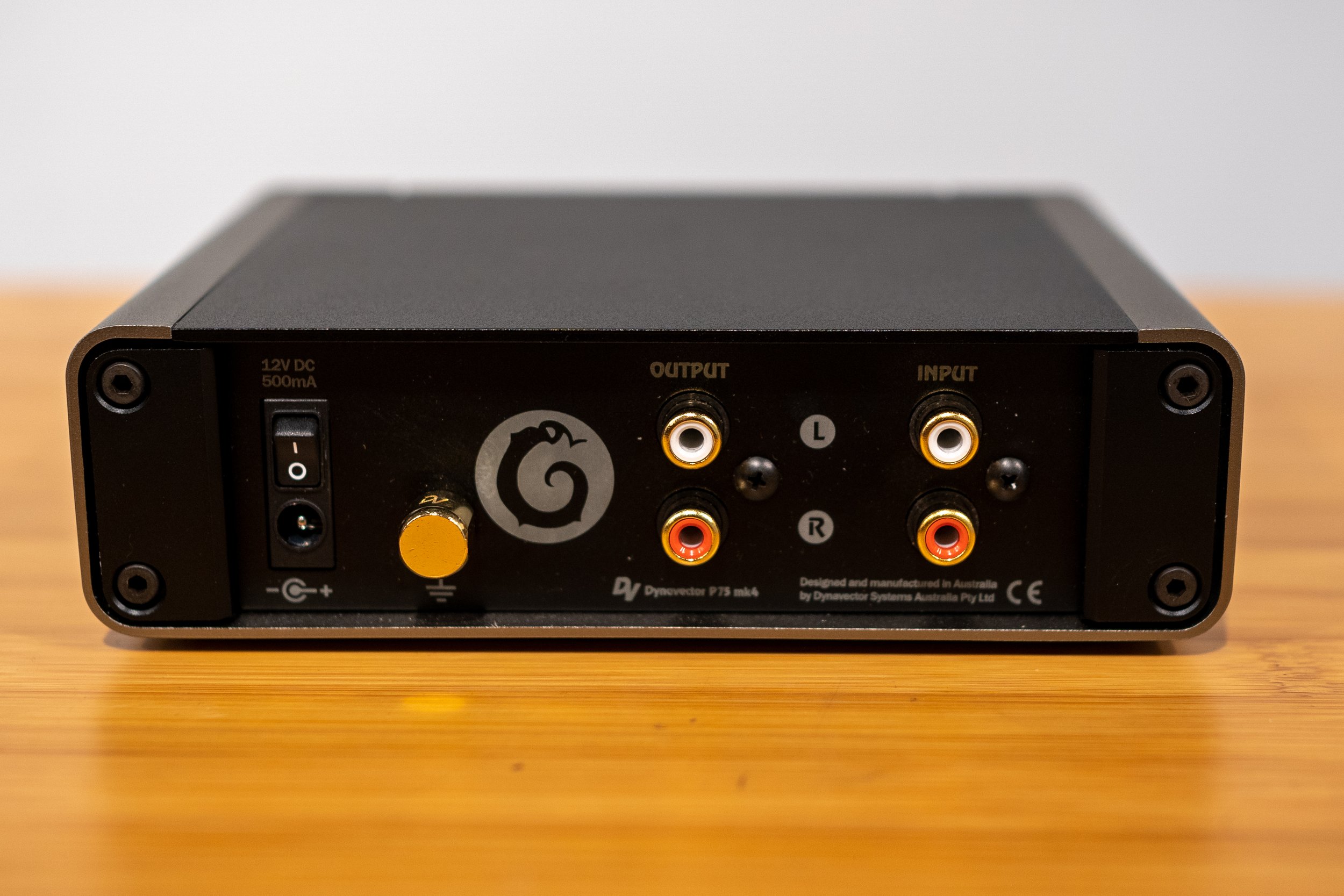
The Dynavector P75 Mk4 phono stage is a MC only playback device, adjustable with internal dip switches. This made it the most fiddly to setup and some confidence and manual dexterity is required to adjust parameters for optimum performance. That being said, once set, it proved to be a good performer. This could be considered the “budget” phono stage here, if that term can be applied at this price/performance level, but the Dynavector P75 Mk4 produced a lovely, warm and spacious sound with both turntables, one that you can really relax to, without over analysing the sound and instead, just listen to the music. If your budget is in the sub £1000 category then you have to listen to this.
Cyrus Signature Phono Stage plus optional PSX-R2 power supply
cyrus signature phonostage plus psxr2 power supply
The Cyrus Signature phono stage plus optional PSX-R2 power supply is one of only two phono stages in this test to include both MM and MC options for vinyl playback. It has four separate inputs to cater for different MM or MC cartridges plus gain, resistance and capacitance adjustment capability.
I listened to the Cyrus Signature phono stage both without (first) and then with the PSX-R2.
If your vinyl playback desire is to hear everything on your records, à la the Ivor Tiefenbrun philosophy, then the Cyrus Signature phono stage is probably the way to go. The detail it trawls from the grooves is quite extraordinary, especially with the Cyrus PSX-R2 power supply. The Cyrus Signature on its own is no slouch, but the extra detail and micro-dynamics are very obvious, no doubt due lowering the noise floor that comes with improvements in the power supply. This is a delightfully honest and insightful phono stage, perhaps the most neutral and accurate of them all. Whatever turntable or cartridge combination you own, the Cyrus Signature will let you hear the differences, especially with the recommended Cyrus PSX-R2 power supply.
Rega Aria phono stage
Middle in the range of Rega phono stages comes the Rega Aria.
The half-width, single box Aria also comes with a dual MM and MC input option.
In terms of sound, it is interesting to note where the Aria lies in the pricing ladder, putting it between the Dynavector P-75 and Cyrus Signature(minus the PSXR) in sound quality, with a good mix of the two flavours in terms of warmth and detail but a slightly scaled down version of each. This describes the sonic flavour of the Rega phono stages quite nicely because a nice, balanced and musical sound is achievable without breaking the bank.
Rega Aura phono stage
The Rega Aura reference phono stage is a MC only design with flexible cartridge loading options via rotary dials on the front.
Of all the phono stages here, the Aura is the one I’d most like to own. Noise levels are very low and the micro-dynamic subtleties are on a different level, especially when the Rega P10/Apheta 3 combo was used. Dynamics and timing were spot on and the Aura was both soft/gentle or hard/dynamic at the same time, if that is possible, showing music in its full glory. I was often in awe of the Aura. You could say I was smitten!
Where the rubber meets the road...
What surprised me the most in this lengthy test, was the variety of sound between these phono stages. All of them had their own flavour and consequently, your mileage may vary somewhat when it comes down to choice. Personal budget and taste will play a big part in your final decision, along with matching components, whether this be turntable, cartridge, amplifier or speakers. Whatever your choice, auditioning will be crucial to your final decision, so come and talk to us and book a dem.
Thanks for reading
Ade, John and Paul - Audio T Brighton
If you have any questions about any of the equipment featured in this article, or any other Hi-Fi or home cinema enquiries, be sure to Contact Us.
If you’ve enjoyed this, why not go ahead and read some more of our other blogs, and be sure to follow us on our social media channels below…
Rega can be found at the following Audio T stores
Naim can be found at the following Audio-T stores
ProAc can be found at the following Audio-T stores
Dynavector can be found at the following Audio-T stores
Cyrus can be found at the following Audio T stores





